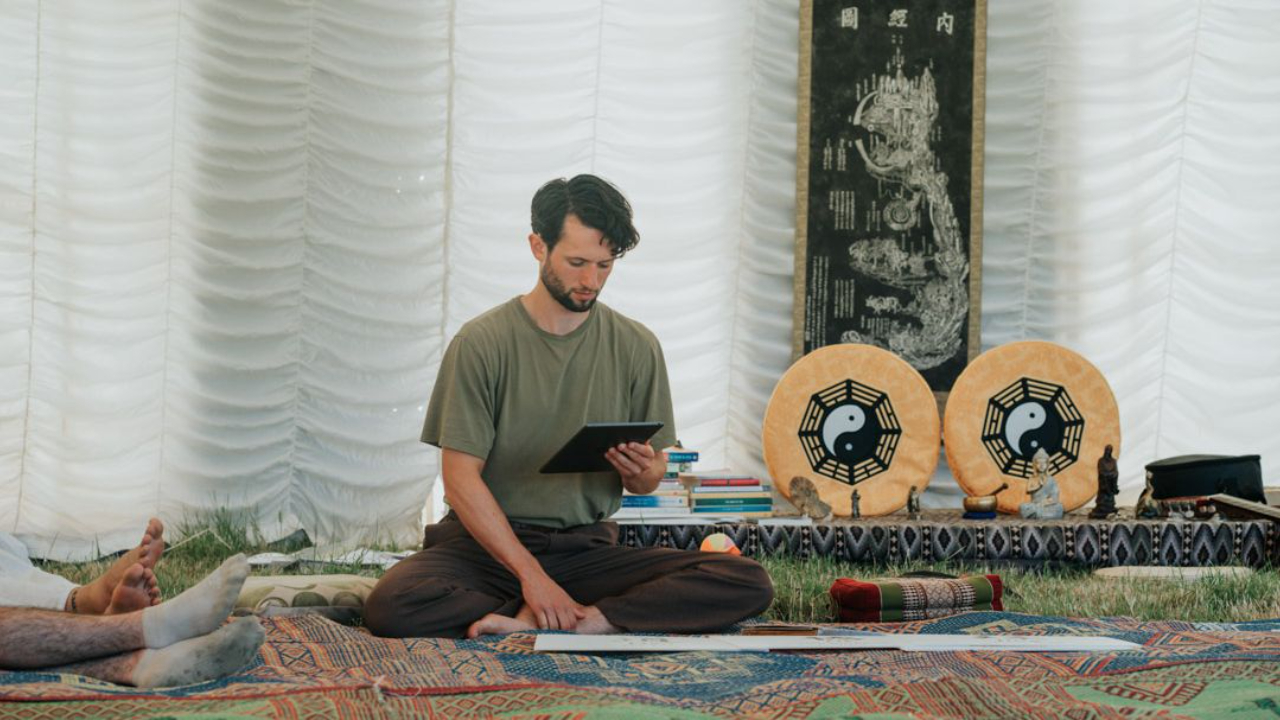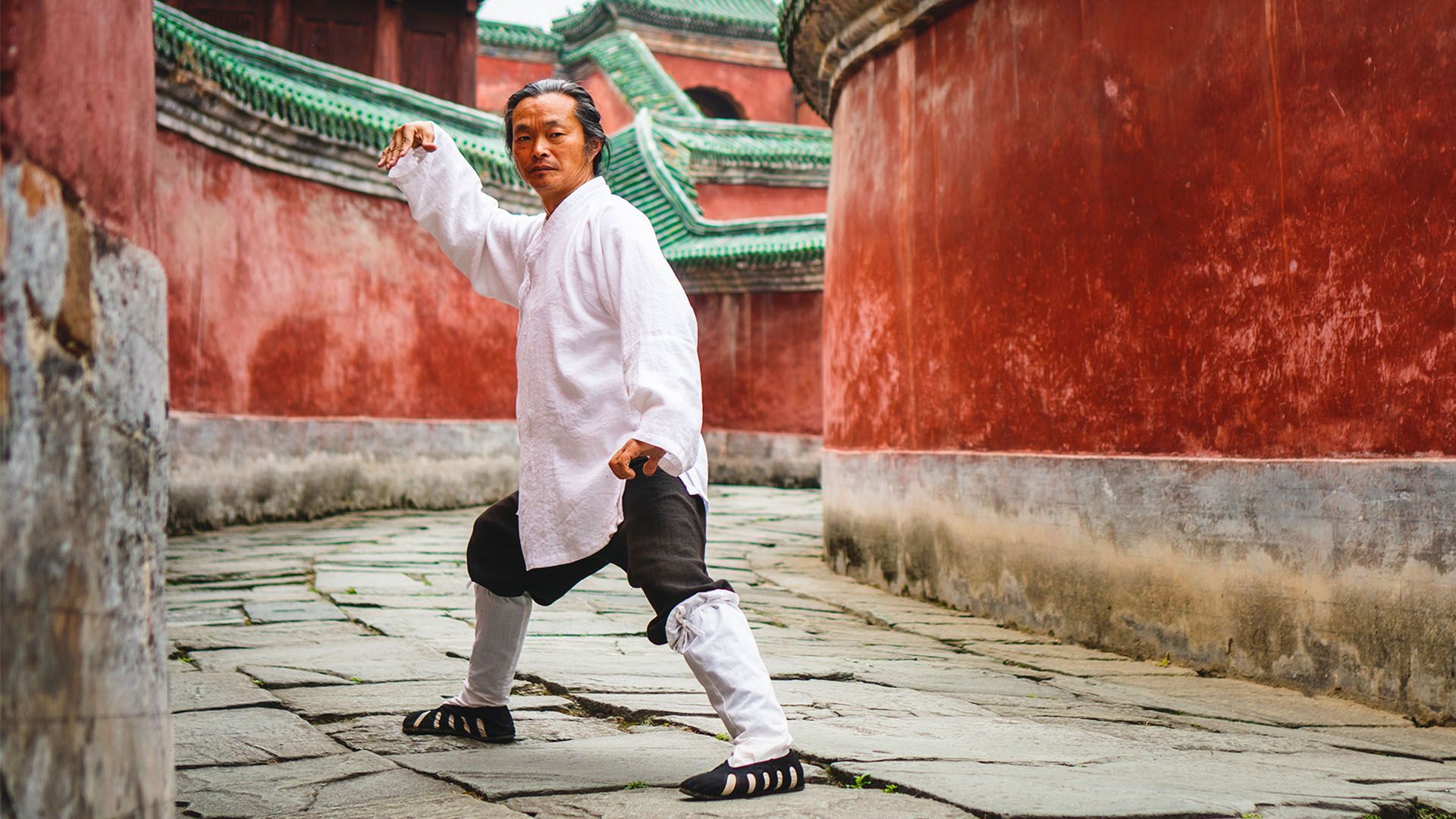The Essentials of Goju Ryu Karate: Everything You Need to Know
Apr 28, 2024
Many struggle to find a martial art that balances physical conditioning with mental discipline. Research highlights Goju Ryu Karate as a martial art that offers both, steeped in rich Okinawan traditions. Originated by Chojun Miyagi, Goju Ryu blends soft circular defensive movements with quick, sharp counterattacks, making it distinct from other styles like Shotokan or Judo.
This article serves as a comprehensive guide to Goju Ryu, from its foundational stances and katas to advanced black belt techniques. It provides insights into how joining a dojo can transform your approach to self-defense and personal wellness.
Table of Contents
Core Principles of Goju Ryu Karate
Goju Ryu Karate, originating from Okinawa, emphasizes a balance between soft and hard techniques. This style, founded by Chojun Miyagi, integrates physical strength with mental resilience. Training often starts in a dojo, where practitioners learn to merge breathing techniques with movements, reflecting the deep philosophical roots of Goju Ryu. The principles include:
- Respect and Discipline: Practitioners are taught to uphold respect within and outside the dojo.
- Balance of Power: Emphasis on combining forceful strikes with gentle blocking techniques.
- Continuous Improvement: A focus on self-improvement and mastering techniques over time.
Key Techniques and Stances
Goju Ryu Karate, a profound Japanese martial art originating from Okinawa, emphasizes a balance between soft and hard techniques. This style is deeply rooted in the teachings of Chojun Miyagi, who derived inspiration from both Kanryo Higaonna’s methods and traditional Chinese martial arts. Here, we explore essential techniques and stances that form the foundation of Goju Ryu, enhancing both self-defense capabilities and mental discipline.
Techniques:
- Mawashi Uke (Roundhouse Block): This circular blocking technique deflects incoming strikes, preserving the defender’s energy.
- Seiken Tsuki (Straight Punch): A direct punch delivered with the front hand, focusing on speed and precision.
- Shuto Uke (Knife Hand Block): Utilizes the hand's edge to block or strike, targeting vulnerable areas.
- Nukite (Spear Hand Strike): A piercing hand technique aimed at soft targets, often used for vital point attacks.
- Sanchin Dachi (Three Battles Stance) Punch: A punch executed from the Sanchin stance, emphasizing stability and internal power.
Stances:
- Sanchin Dachi (Three Battles Stance): A fundamental stance focusing on tension, breath control, and rooting to the ground.
- Zenkutsu Dachi (Forward Stance): A deep, powerful stance that provides stability and allows powerful linear movements.
- Shiko Dachi (Square Stance): This stance offers a wide base and lower center of gravity, ideal for stability.
- Neko Ashi Dachi (Cat Stance): A light, mobile stance with one leg bent and the other extended, ready for quick movements.
- Kokutsu Dachi (Back Stance): A defensive posture that distributes weight primarily on the back leg, ready for evasive actions.
Learning the Katas of Goju Ryu
Goju Ryu Karate, a revered martial art from Okinawa, emphasizes mastery of various katas. Each kata represents a sequence of moves, offering both defense and attack strategies. Practitioners from beginner to black belt levels refine their techniques through these structured patterns.
Kata practice in Goju Ryu not only improves physical coordination but also enhances mental discipline. This training method, deeply rooted in the teachings of Chojun Miyagi, forms the core of Goju Ryu Karate, linking present-day enthusiasts to the art's historical depths.
Training for a Black Belt in Goju Ryu
Achieving a black belt in Goju Ryu Karate signifies a high level of skill and profound understanding of the art. The journey to this milestone requires consistent practice and dedication. Students learn complex katas, perfect stances, and develop self-defense capabilities. As part of their training, they also engage in sparring sessions to apply techniques in real-time scenarios. Instructors at the dojo assess progress through a series of graded tests, ensuring each candidate meets the rigorous standards established by the founders, Chojun Miyagi and Kanryo Higaonna.
Also Read: American Kenpo Karate: Key Techniques and Strategies
Kobudo: The Weaponry Training of Okinawa
Kobudo, an ancient form of martial art from Okinawa, focuses on weapon training, originally developed for self-protection. Practitioners of Kobudo learn to handle various traditional weapons like the bo, sai, and nunchaku. This training enhances their understanding of range, timing, and precision.
Integrating Kobudo with Goju Ryu Karate:
Integrating Kobudo with Goju Ryu enhances a martial artist's versatility and depth of knowledge. This combination allows practitioners to extend their capabilities beyond unarmed combat to include weapon handling, which is pivotal in self-defense situations.
Training in both disciplines fosters a greater appreciation for the nuances of martial arts and provides a broader set of skills that can be adapted across different scenarios.
As both arts share Okinawan origins, they complement each other, maintaining the legacy and efficacy of traditional martial arts.
Conclusion
Exploring Goju Ryu Karate uncovers a path to mastering self-discipline and improving physical fitness through structured martial arts training. Whether you're a novice or a seasoned karateka, understanding the depth and breadth of Goju Ryu enriches your martial arts journey. This guide offers everything needed to start or enhance your practice in this unique karate style. Have you considered how Goju Ryu Karate could impact your personal development?







